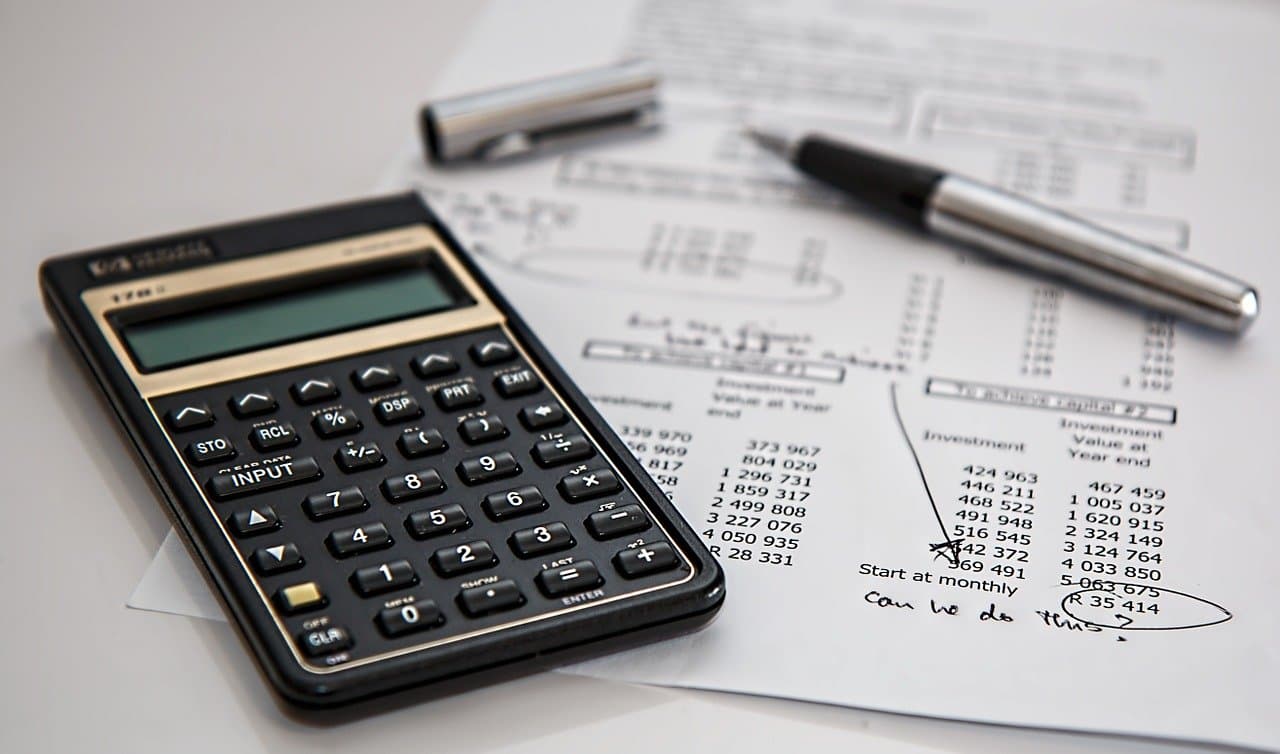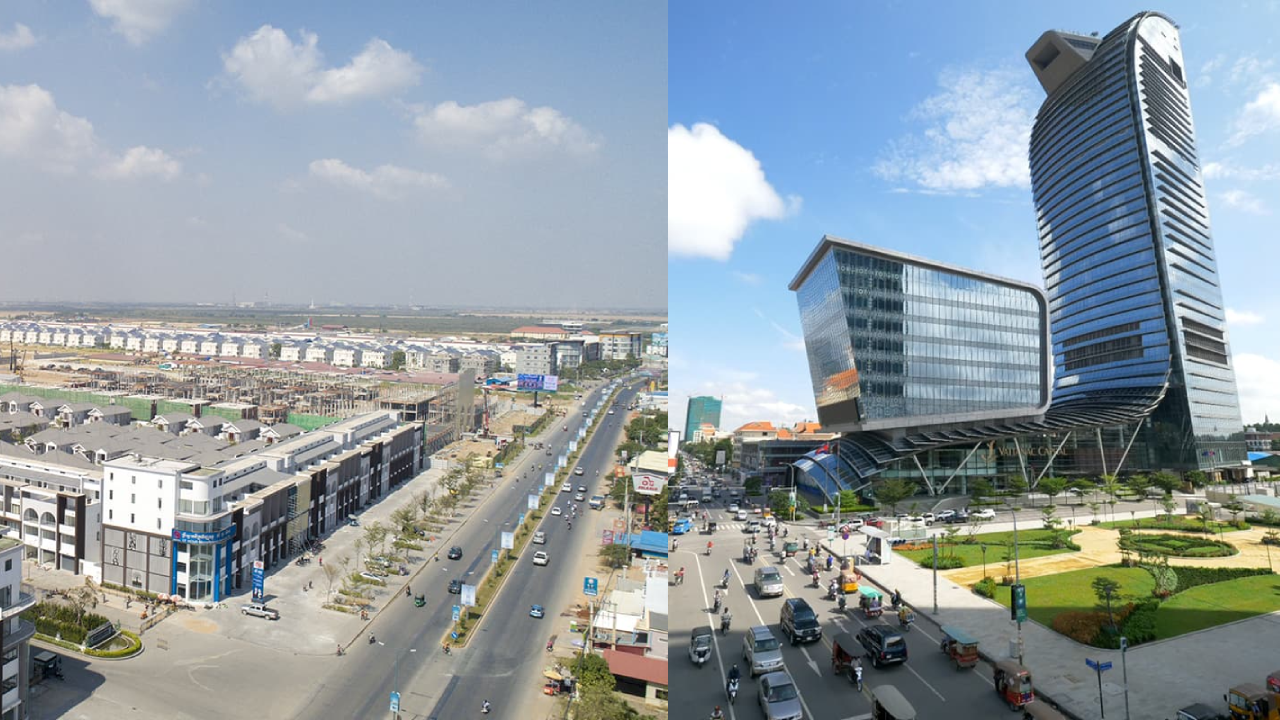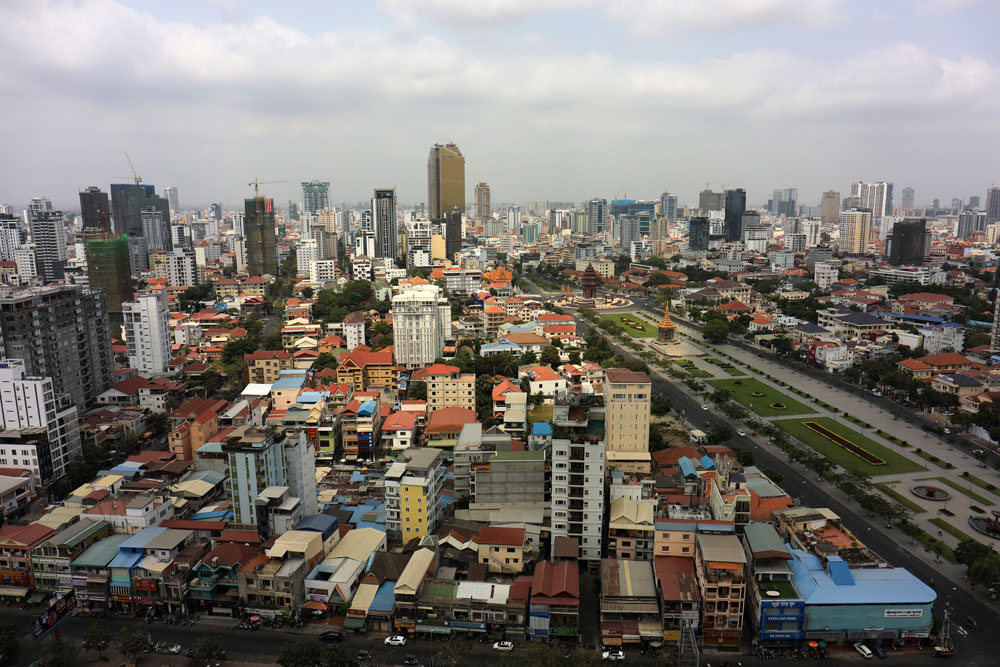What is the Capital Gains Tax in Cambodia?
The Capital Gains Tax (CGT) in Cambodia is a flat 20% rate from selling a capital asset. Contrary to what most people perceive. The Capital Gains Tax in Cambodia is not exactly new; businesses in the Kingdom have always paid capital gains. The material difference now is that it applies to individuals, especially those looking to sell immovable property a.k.a. real estate.
The CGT was introduced into law through Prakas 346 from the Ministry of Economy and Finance back in April 2020 and was originally intended to be implemented a few months later in July 2020.
Due to COVID-19, the law was delayed to January 2021 to reduce the pandemic’s impact on the real estate market. The implementation of the Capital Gains Tax in Cambodia was further delayed to January 2022 as the country saw its first major local community outbreak in Q1 2021. As of February 2022, the Capital Gains Tax has been delayed to 2024.
Who has to pay Capital Gains Tax in Cambodia?
Capital Gains Tax in Cambodia applies to both resident taxpayers and non-resident taxpayers. Taxpayers are obligated to pay their Capital Gains Tax within 3 months of realising their gains.
Resident taxpayers are defined as physical persons who meet one or more of the Kingdom’s residential criteria.
Non-resident taxpayers are defined as either legal entities or physical persons who are not considered residents.
How is “Capital” defined in Capital Gains Tax?
Capital Gains Tax covers capital gained from selling: Immovable Properties, Leases, Investment/Financial Assets, Good (Licenses & Branding), Intellectual Property, and Foreign Currency.
That may sound all-encompassing, but much like other tax laws, there are exemptions to Capital Gains Tax, especially when it comes to immovable property a.k.a. Real estate:
- The principal residence of the taxpayer - in the event that the taxpayer (or their spouse) has more than one place of residence, only one of them can be exempted from the CGT
- Transfer of immovable properties between family members as stated in the regulations around Registration Tax
- Assets of the Cambodian government
- Immovable properties a.k.a. Real estate properties sold for public purposes based on Cambodia’s Expropriation Laws
- Assets of foreign embassies/consulates
- Assets of international organizations or cooperation agencies of foreign governments
How is Capital Gains Tax calculated in Cambodia?

Capital Gains Tax in Cambodia is a flat 20% rate on gains made after selling a capital asset. At face value, that is a significant portion of sales proceeds but there are 2 methods taxpayers can use that allow for a bit more consideration to their expenses:
Actual Expense Deduction Method
This method takes the sales proceeds and subtracts the expenses the seller made on that property to get the actual Capital Gains Tax to be paid. These deductibles can be the purchase cost, consulting fees, registration tax, commissions, and even advertising. These actual expenses are deducted from the sales proceeds and 20% of the difference will be the Capital Gains Tax to be paid.
This method is beneficial for property sellers who spent a lot on overhead/operational costs and who might be looking at more humble margins.
Example:
Mrs. Phan is looking to sell her home for $250,000 that she originally bought for $100,000 a couple of years ago. She was diligent to keep essential documents detailing her expenses in the acquisition/renovation of her property, which is the following:
Registration Tax: $4,000
Loan interest: $3,000
Loan administrative fee: $500
Renovation: $35,000
Now that we have the relevant values, let’s do a sample calculation:
|
Actual Expenses Deduction Method |
|
|
Sale Price |
$250,000 |
|
Actual Expenses (Deductibles) |
|
|
Original Price |
$100,000 |
|
Registration Tax |
$4,000 |
|
Loan interest |
$3,000 |
|
Loan administrative fee |
$500 |
|
Renovation |
$35,000 |
|
TOTAL EXPENSES |
$142,500 |
|
Capital Gains Tax |
|
|
Sale Price |
$250,000 |
|
Total Expenses |
$142,500 |
|
Capital Gains (Sales Price - Total Expenses) |
$107,500 |
|
Capital Gains Tax (20%) |
$21,500 |
Ms. Phan will have to pay $21,500 in Capital Gains Tax once she sells her property via the Actual Expenses Deduction Method.
There are more applicable deductibles so we strongly suggest you keep tabs on the expenses you made for your property if you are planning to sell in the future.
Determination Based Deduction Method
This method takes 80% of the sales proceeds and subtracts it from the entire sales value. The result will be the Capital Gains and 20% of it will be the Capital Gains Tax to be paid. This method is highly beneficial for property owners who bought low and are planning to sell high.
Example:
Mrs. Phan is aware there’s another way of calculating Capital Gains Tax. And being a discerning homeowner, she explored the other method of getting the capital gains tax for her $100,000 property she plans to sell for $250,000.
|
Determination Based Deduction Method |
|
|
Sale Price |
$250,000 |
|
80% of Sale Price |
$200,000 |
|
Capital Gain (Sale Price - 80%) |
$50,000 |
|
Capital Gains Tax |
|
|
Capital Gain |
$50,000 |
|
Capital Gain Tax (20%) |
$10,000 |
Mrs. Phan will have to pay $10,000 in Capital Gains Tax once she sells her property via the Determination Based Deduction Method.
It’s quite obvious which method Mrs. Phan will be using and that’s intended as taxpayers in Cambodia are free to choose which method of Capital Gains Tax calculation to use for their tax obligation.
As mentioned above, the Capital Gains Tax is planned to finally be implemented in January 2022. This creates a third method of Capital Gains Tax: selling your property before January 2022 so you don’t have to pay this tax!
Kidding aside, we highly recommend that you keep any relevant expenses related to your property and do your due diligence in finding the method that gives you the best tax rate.
Article by:





Comments